Regional Claims
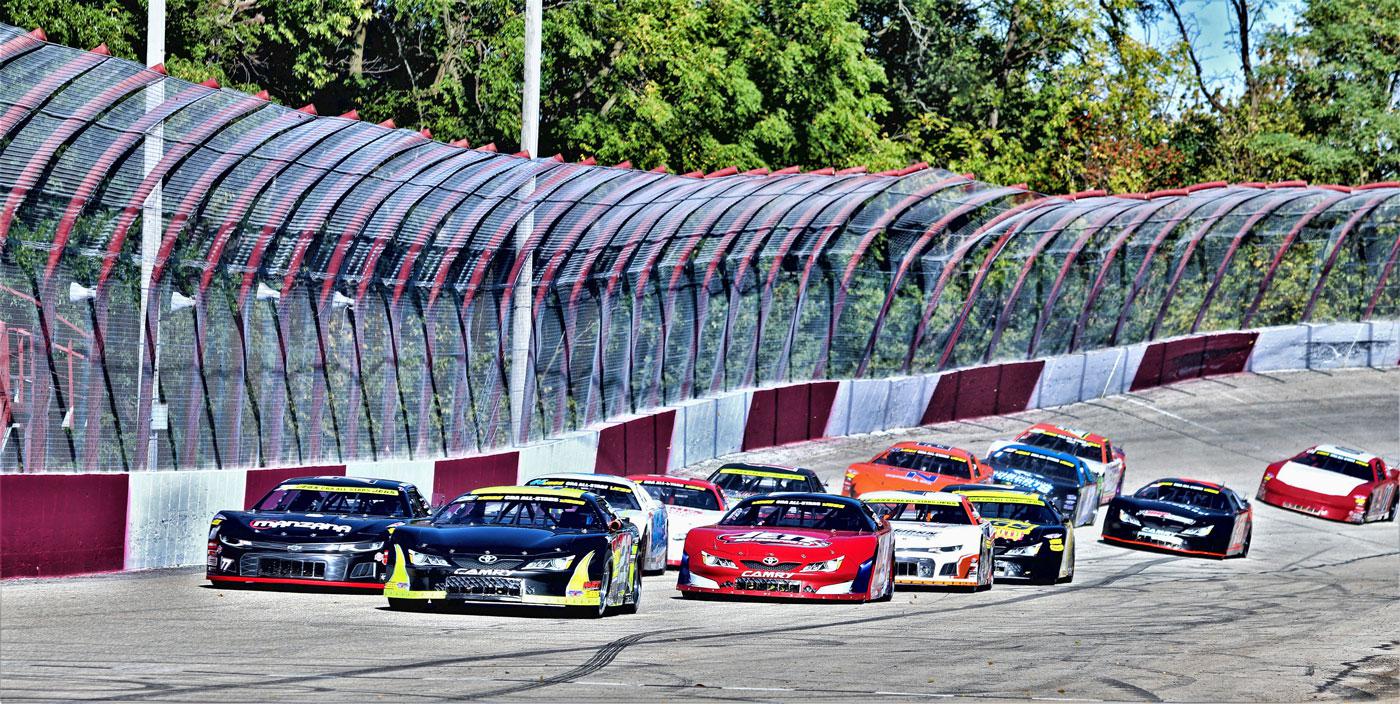
Photo courtesy of John Lund/CRA
What distinguishes stock car competition from one area to the next? We explore the similarities and differences aMONG tracks and sanctions across the US.
Racers are nothing if not resilient. While much of the country spent 2020 locked down or shut in, racers found a way to get back on the track, even if it was to mostly empty grandstands. When venues finally reopened in 2021, pent-up demand drove fans through the gates like it was 2019 again. Everyone wanted to put COVID-19 in the rearview and get back to the normal rhythms of a racing season.
“Normal,” though, turned out to be elusive in 2021, due to the stubborn virus and the pandemic’s collateral damage of continuing economic uncertainty and supply chain disruptions. If an area or a race division had been off the pace pre-pandemic, fallout from 2020 seemed to exacerbate the weakness.
Meeting a challenge, though, is what racers do best. We checked in with stock car sanctioning bodies and tracks around the country to learn what’s working, what’s not, and what’s changing on the eve of the 2022 race season.
Out West
“We are probably busier than almost any race track in America,” said Doug Hobbs of Evergreen Speedway, Monroe, Washington. “We do so many different things—drift, autocross, specialty events, concerts, rodeos, Latino festivals—we are promoting year-round. We do well over 160 events a year with all these different platforms.”
Evergreen’s stock car program has “10 home track classes, and we’ve been fortunate to grow through really good car counts,” Hobbs said. “Several of our classes, like the intermediate Figure 8 Stingers, Hornets, Legends, Mini Stock, and Street Stock classes, all pretty much averaged more than 20–30 cars last year. Those are really good signs for the support classes for the Super Late Models, Pro Late Models, and our Super Sprint classes.”
By working with the State of Washington, Evergreen was able to open for racing “with no fans” in May 2020, Hobbs said. “We opened to fans in limited capacity last March, and by July we were at 100%. We had one of our best years ever because of the demand to see live entertainment. Our car counts were good, and our marketing partners hung with us.
“I’ve always looked at running a race track like a three-legged stool,” he continued. “We need our racers; we need our fans; and we need our marketing partners. If all three are good, we can look forward to a great season.”
Stock car racing on the West Coast is different from other parts of the country “because there are just a couple of Super Late Model series out here,” said Larry Collins of the SPEARS SRL Southwest Tour Series, Bakersfield, California. “There is a lot of racing out here,” he said, but it’s a “different dynamic” than in the rest of the country. “The average number of teams that chase our championship seems to be higher than what they get, but the number of cars that show up for each of their events stays pretty strong. Teams have more choices to go from one series to the next. But here, especially in California, we’re the only Super Late Model series.”
With that in mind, “we have worked hard to set up the rule book to make our Super Late Models the same as the Super Late Models that race in the Midwest and the East Coast,” Collins said. “Some of our guys go that direction and race the big events out there, and some of the teams based out there come to race ours. It’s been a real positive step in a lot of ways.”
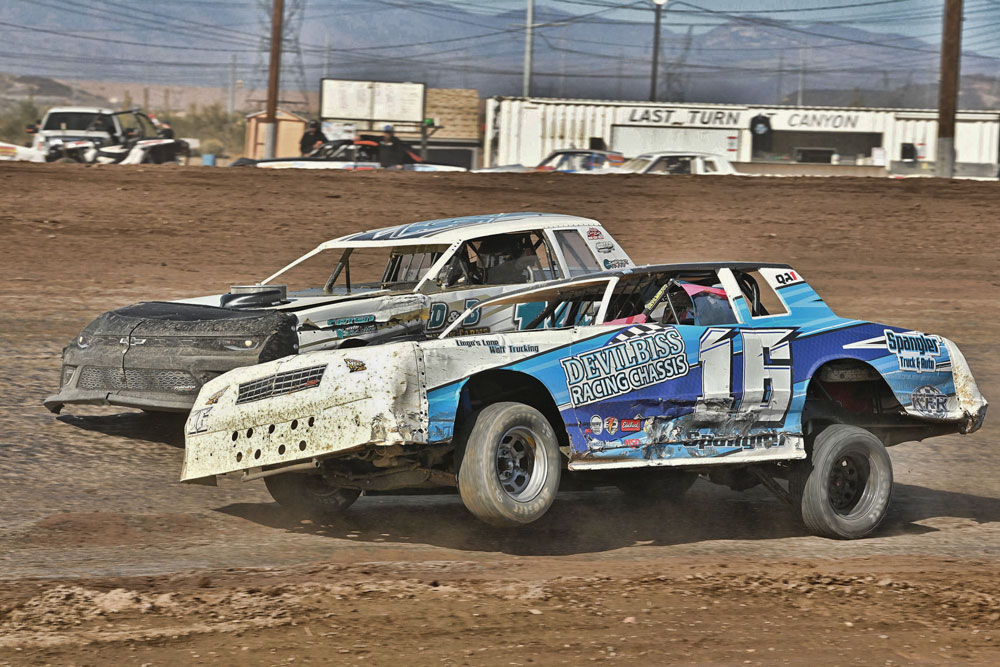
Collins said his series “didn’t miss a beat” during the pandemic. “We felt that if we did nothing and there was no racing for months, our sport might go away and never rebound. So we made it our mission to keep our events going. With help through sponsorships and cooperation with the race tracks, we were able to keep racing through 2020. Once we got to 2021, things kind of went back to normal.”
One sanctioning body that’s moving westward is IMCA, which is based in Vinton, Iowa. “We sanctioned nine divisions of races in 37 states and Canada in 2021,” said Brett Root. “With 9,100-plus licensed members, IMCA racing is strong and as big as ever.” The move west—the Wild West Tour visits tracks in Arizona, Nevada, New Mexico, Utah, Wyoming, and Idaho—was facilitated by the fact that “most of those tracks sanctioned IMCA modifieds already. They are adding divisions, like stock cars, to their weekly racing schedules.”
Root said the pandemic “slowed IMCA racing down some in 2020, and we experienced a 20% decline in events. However, in 2021 that recovered, and we have been setting records in all aspects of 2021.”
He admitted, though, that “some tracks struggle. Divisions struggle. Regions struggle. I’m unaware of any business where everything is either perfect 100% or dismal 100%. Everything ebbs and flows in every aspect of racing.”
Economic factors “play a huge role in this,” Root added. “In North Dakota, when the oil boom was on, racing experienced solid car counts and successful events. When the money dried up, the opposite started to take place.”
In a similar vein, “the ARCA Menards Series goes to so many different areas of the country that we get to see it all,” said Charles Krall. “There are places that are very healthy, and there are places that are struggling a little bit. Some of that has to do with track promoters who are very aggressive in selling tickets and paying purses. Some of it’s going to be because the fan base at some tracks has gotten older. But the economy is still the driver. Economic conditions across the country are different, region to region. It’s all about discretionary income.”
The Midwest
ARCA, headquartered in Temperance, Michigan, has “struggled with car count the last four to five years,” said Krall. “But we had a 17% increase in car count throughout our platform in 2021. That includes the ARCA Menards Series, plus ARCA Menards East and ARCA Menards West. The number of drivers who participated is also up a similar number and may be even a little stronger than that. That’s key for us. The racers and race teams are our customers, as are our ticket buyers. To see a dramatic increase in both numbers is very, very good.”
Another Midwest sanctioning body, Champion Racing Association (CRA) in Salem, Indiana, “just finished our 25th year as a sanctioning body for Late Models, plus the other divisions we have,” said RJ Scott. “We’ve seen a lot of transitions in the industry over those 25 years.”
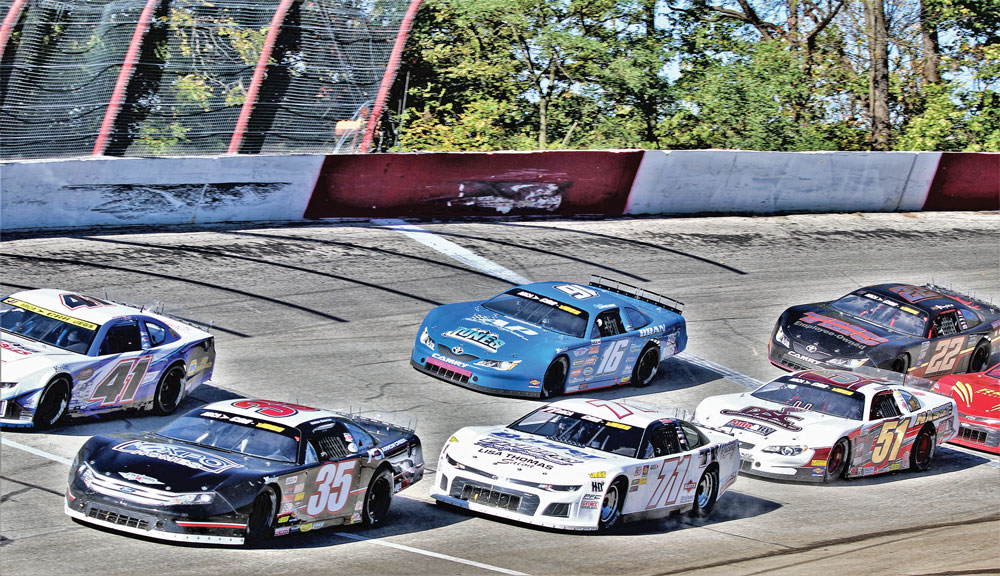
CRA is “seeing some stability” these days, said Scott, who was working on his 2022 schedule when we spoke to him in late 2021. “The number of events we’re able to book is based on those events that were successful the previous year.” That success is judged by whether the promoters “want them back because their crowds, the sponsorship, the car count and the show were good. Our No. 1 metric is how the promoters view the event. We have to bring a quality show, with decent car counts, so we can make that sale to those race tracks.”
CRA had five different traveling series last year, including the ARCA/CRA Super Series for Super Late Models and the JEGS/CRA All-Star Tour for Pro Late Models. “It looks like the numbers for those two series will be similar for next year, or maybe increase on the Pro Late Model side,” Scott said. “I think we’ll be seeing more of the Pro Late Models across the country. Jack McNelly [with the CARS Tour] is starting up a new Pro series, and I think that will be good for everyone.” (See more about the new CARS Tour series below.)
The Northeast
In the Northeast, stock car racing “is definitely going strong,” said Cris Michaud of the American-Canadian Tour (ACT), Waterbury, Vermont. “With ACT and the other people I work with, Tom Mayberry and the PASS Tour, our car counts have been gaining ground. At the two tracks that I own, Thunder Road International Speedbowl [Barre, Vermont] and White Mountain Motorsports Park [North Woodstock, New Hampshire], every division was up. And the fans are coming through. Compared to 2019, everything seems to be up.”
A big reason for ACT’s strength “is the great commitment we have from the drivers and fans,” Michaud said. As an example, he cited the support from the Road Warriors, a division that races at Thunder Road. “We used to run them every other week, but when they knew we had limited fans [in 2020], they stepped up and wanted to run every week. It’s a low-buck division we started to introduce people to racing. There’s no purse, no championship, basically all they get is a trophy. But this division stood up and wanted to come every week so they could support the race track and make sure we could survive the pandemic.”
Bridging the geographic gap between the Northeast and the South is the Super Cup Stock Car Series. Based in North Carolina, it will run nine events in 2022, primarily in Pennsylvania and Virginia. Joe Schmaling set up the races that way to deliver “the best for the most. When I look at where most of my people are from, Virginia and Pennsylvania are the best places for me to put races. I have people who race out of Long Island, South Carolina, and everywhere in between. It’s not rocket science, it’s logistics. Every driver wants a race in their backyard, but as a traveling series, we can’t do that. On the other hand, we can’t break our people by sending them too far. This year will be even worse with the cost of gas and hotels. We do the best we can by putting races where they need to be.”
Schmaling sees his series as different from most. He started it in 2008, “when the Hooters Pro Cup Series changed hands and moved in a different direction.” His aim was to give racers an affordable alternative to compete with cars that had become otherwise obsolete. Since then, the makeup of the series has evolved, as it opened up to cars that formerly raced in and were phased out of ARCA, K&N, and NASCAR.
When Schmaling looks beyond 2022, he is more bullish about opportunities in the Midwest than his home base in the Southeast. The Midwest is the “only place I’ve seen in any part of the Eastern United States that shows growing interest.” Plans to hold events in Indiana, Kentucky, and other areas stalled because of COVID, “but we’re continuing to look at it.”
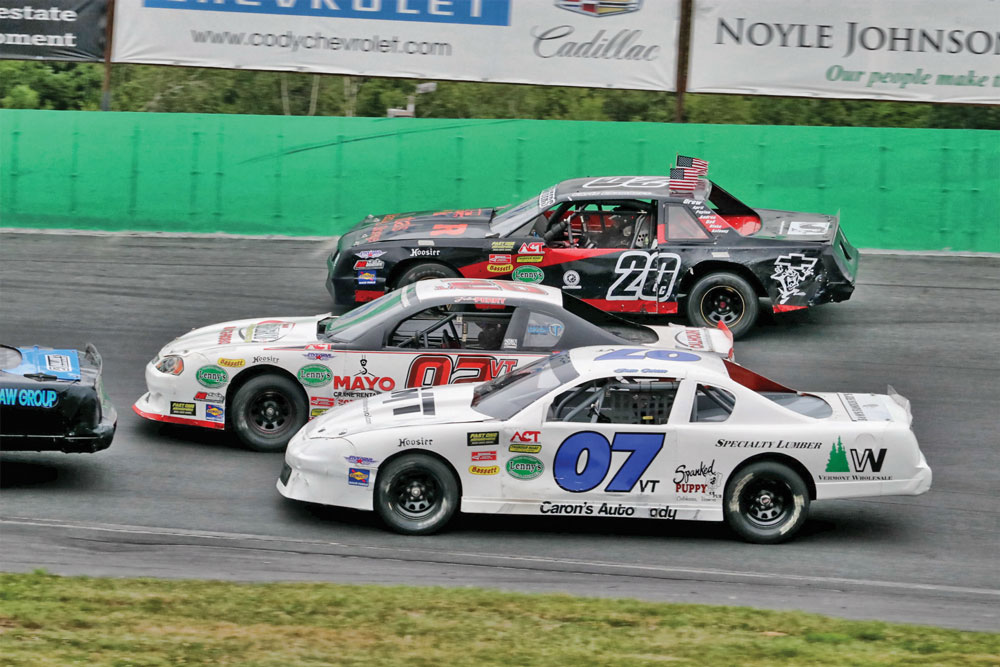
Schmaling is also working with other sanctioning bodies for the 2022 season to put on a bigger event than he could with just his own cars when reaching outside his normal territory. “We’re joining with the FASS big-rig truck series for our last race at Hickory [North Carolina] in October, and we’ve been invited to go to Ohio in conjunction with the CRA series. I’m up for it. I think it’s the way to go.”
Down South
Co-sanctioning has been implemented to varying degrees by almost all of our sources. Jack McNelly said it was a real boost for the Super Late Models running in Mooresville, North Carolina’s CARS Tour. “The only success we’ve had with our Super Late Models is combining the Southern Super Series or the CRA series out in the Midwest with our people to have an event.”
McNelly noted that “I’m not talking about marquee shows, your Snowball Derbies, Winchester 400s, or Redbud 300s. Those still draw a somewhat significant number. But for series such as ours, to stand alone and have an event became a real struggle. The last event of ours that was a standalone CARS Super race had seven cars.”
As a new way forward, the CARS Tour announced it was replacing its Super Late Model division with a Pro Late Model division for 2022. The Pros will run a 12-event season in conjunction with the 15 races run by CARS’ Late Model Stock division.
“The Supers are just very expensive pieces of equipment,” McNelly said. “Unless you’re having a marquee event, the promoters, ourselves included, can’t pay the purse that they should be paid for the investment that they’ve made.”
Pro Late Models run crate engines “that cost about 50% of the engine in a Super,” McNelly explained. “A rebuild is probably even more than 50% cheaper than a rebuild on a Super. And since they’re choked down or restricted, those motors are not going to wear out as quickly as a Super motor.”
McNelly said the reaction to his announcement “has been good. I’m forever grateful for our Super drivers, the fellows who stood by us. Several of them have already told me, all they have to do is take that Super motor out of the car, put a Pro crate motor in, and they can run with us because the chassis and body are exactly the same.”
He also sees the Pro Late Models as potentially more attractive “to the younger folks moving up from the Bandoleros, Legends, karts, what have you, because it’s a much easier car to drive than a Super. It has maybe 425 horsepower, where a Super is way up over 500, so the Pro doesn’t have to be finessed like a Super. It will be a natural steppingstone into a full-size stock car.”
Common Challenges
McNelly wasn’t alone in putting more emphasis on the Pro Late Models to help cut racer expenses and potentially grow car counts. Hobbs at Evergreen Speedway spotted that trend “about three years ago, and we started transitioning into weekly Pro Lates and only specialty races for the Super Lates. Pro Lates is a growing class. We’re seeing more cars coming into that class and more being built than were staying in the Super Late Model class or were going to be built for future years.”
By no means was this the only situation that crossed regions.
“2021 started out like a house on fire, then in April, we found out we didn’t have any tires,” McNelly said, describing a shortage faced across the country. “For me, that actually became a larger problem than COVID. At least with COVID we were able to find some states that were a little more relaxed and be able to race. But if you only get X number of tires, it’s very difficult to have a race.”
Many tracks had to ration tires or implement new plans to stretch inventory through the season. CRA “was more fortunate than most,” said Scott. “We didn’t have to limit tire purchases until the end of the year. In some respects, it might even work for the better. It showed some racers that they may not need as many tires to put on a show as they thought.”
Tires weren’t the only problem, Scott added. “There were shortages of a lot of parts that go into these race cars. We had problems getting ignition boxes for a long time because the processing chips were sitting on boats coming from overseas. Engines have been delayed because the parts they need are in a shipping container somewhere. The supply chain is all messed up carrying over from COVID effects.”
“We’ll be fighting lingering effects of the pandemic for the foreseeable short-term future,” said ARCA’s Krall. “As much as I’d like to think we’re past it, anybody who watches the news knows we’re not. There are companies out there that will be conservative getting back to full pre-pandemic operations. Whether that is hospitality or full-blown sponsorship, it will take a while to get back to where we were prior to 2020.”
Root said he’s “far more concerned about the impact of runaway inflation on IMCA racers than I am the pandemic at this point. IMCA racers are very budget-minded. We see it across all divisions and at every track in every state and region. Large price increases will not help IMCA racing, IMCA racers or IMCA event promoters in any capacity.”
“The price of gas, the price of this and the price of that just seem to be going through the roof,” added ACT’s Michaud. “What is it going to bring? Will people have to watch their pennies more? That’s what I’m worried about over the next couple of years.”
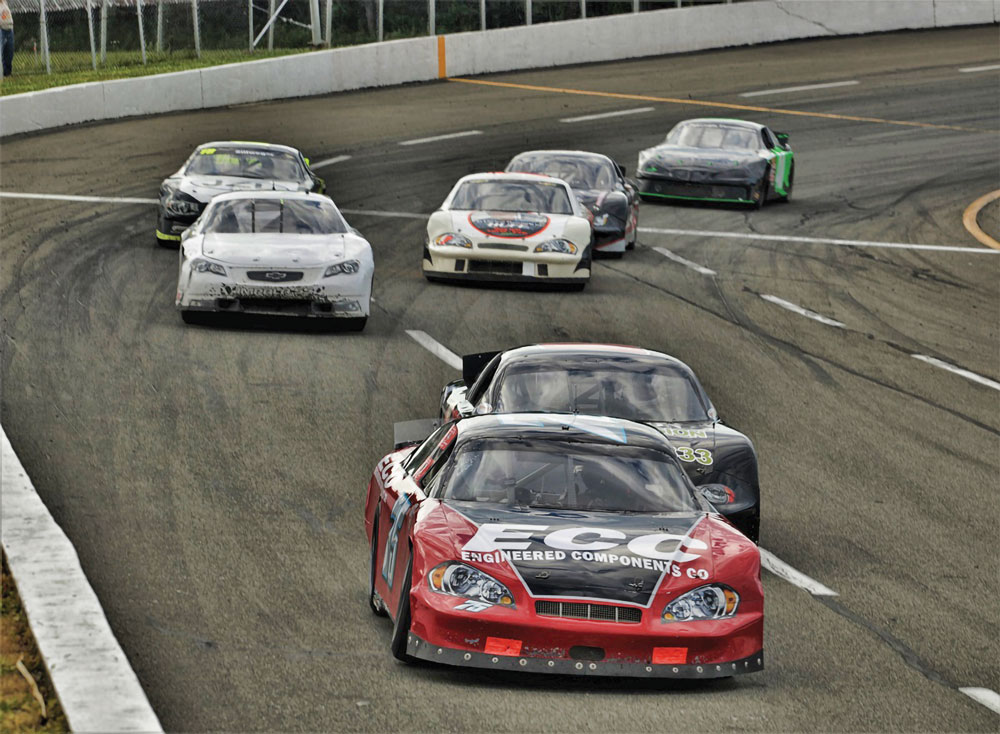
Two specific topics were more long-term concerns. One had to do with keeping the racing ranks filled given the disinterest many young people have in cars in general.
“When I was 15, I bought my first car, worked on it and put it together piece by piece until I could get a driver’s license,” Schmaling recalled. “Kids aren’t car people today. A whole generation doesn’t care about cars. They have other things to do.”
Those that do get involved often see short-track racing only as a steppingstone to NASCAR’s top tiers, Schmaling added. “Thirty years ago, if they tried to move up to that level and didn’t make it, they’d come back and race at their local race track because they were racers. Kids today, if they don’t make it, they don’t come back.”
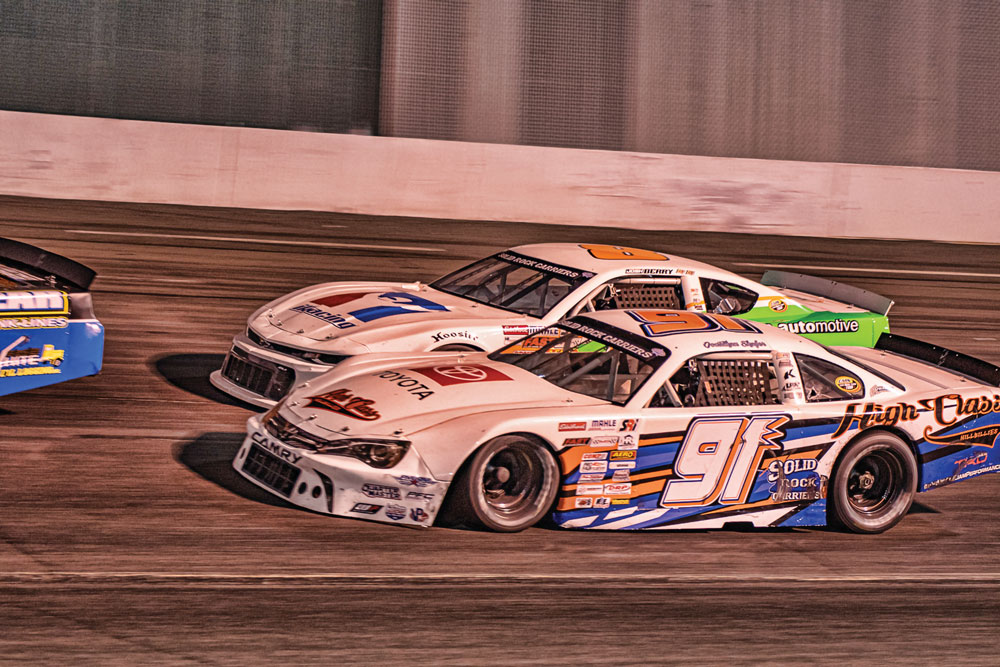
Race tracks, too, are disappearing, Scott said. “There’s a decreasing number of facilities pretty much anywhere you go. There are pockets of strength, properties that are well managed, have been around for years and will continue to be around for years. But there are race tracks that have gone by the wayside because of the encroachment of community. Columbus Motor Speedway, Illiana Motor Speedway, a number of different race tracks were just consumed by the city, because the city got so big, and a track wasn’t what they wanted near their population. Between that and ineffective management, we’re going to lose race tracks. There aren’t many pavement tracks being built anymore, and few dirt ones as well. It’s a tough business. Track owners have to be really passionate about it.”
Ultimately, though, the successful stock car venues will “be here for a long time,” Scott said. “There are really good people behind the scenes. They get the past, and they get the future. The ones who can tie it together do a great job and put on a great show. They’ll be around for years.”
Sources
American-Canadian Tour (ACT)
acttour.com
ARCA Menards Series
arcaracing.com
CARS Tour
carsracingtour.com
Champion Racing Association (CRA)
cra-racing.com
Evergreen Speedway
evergreenspeedway.com
IMCA
imca.com
SPEARS Southwest Tour Series
srlsouthwesttour.com
Super Cup Stock Car Series
supercupstockcarseries.com
 MEMBERSHIP LOGIN
MEMBERSHIP LOGIN JOIN PRI
JOIN PRI


